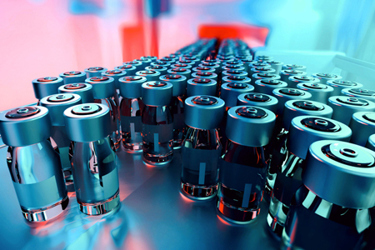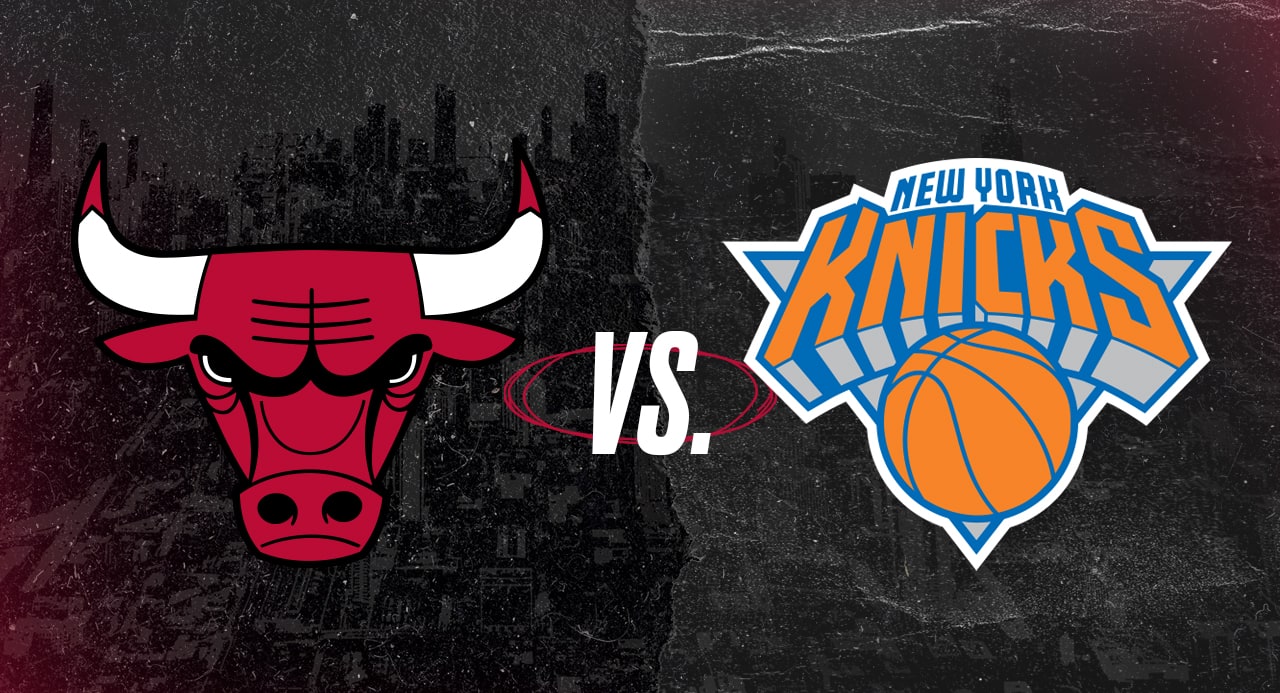Addressing Challenges In Automated Visual Inspection Of Lyophilized Vials

Table of Contents
Challenges Related to Image Acquisition and Processing
Implementing effective automated visual inspection systems for lyophilized vials presents significant hurdles in image acquisition and processing. These challenges directly impact the system's ability to accurately identify defects and maintain consistent quality control.
Variations in Vial Appearance and Lighting
Inconsistencies in vial appearance create significant difficulties for automated systems. Slight variations in glass color, surface finish, and fill levels can easily be misinterpreted as defects. Adding to the complexity, differing lighting conditions across various inspection systems introduce further challenges to accurate image acquisition.
- Variations in glass clarity and color: Even minor differences in the glass manufacturing process can affect light transmission and reflection, leading to inconsistencies in image analysis.
- Shadows and reflections causing false positives: Shadows cast by the vial itself or reflections from light sources can be mistaken for cracks, particulate matter, or other defects, resulting in an increase in false positives.
- Difficulties in standardizing lighting across different inspection systems: Achieving consistent and uniform lighting across all inspection systems is crucial for reliable image analysis. Variations in lighting can drastically affect the system's ability to detect subtle defects.
Detecting Subtle Defects
Many critical defects in lyophilized vials are incredibly subtle and difficult to detect, even with high-resolution imaging. These include minute cracks in the glass, the presence of microscopic particulate matter, or minor variations in the lyophilized cake's structure.
- Low contrast between defects and the vial's background: The subtle nature of many defects often means they have low contrast compared to the vial's background, making them difficult to distinguish.
- Requirement for high magnification and resolution: Detecting minute defects necessitates high magnification and resolution imaging capabilities, increasing the system's complexity and cost.
- Need for advanced image processing algorithms: Sophisticated algorithms are required to differentiate between actual defects and variations in the vial’s appearance caused by factors such as lighting or glass imperfections.
Challenges Related to Algorithm Development and Validation
Developing and validating robust algorithms for automated visual inspection of lyophilized vials presents significant technical and regulatory challenges.
Developing Robust Algorithms
Creating algorithms capable of accurately identifying a wide range of defects while minimizing both false positives and false negatives demands considerable expertise and high-quality data.
- Need for large, representative datasets for algorithm training: Training robust algorithms requires extensive datasets that accurately represent the wide variety of vial appearances and potential defects encountered in real-world scenarios.
- Dealing with variability in vial manufacturing processes: Slight variations in the vial manufacturing process can significantly impact the appearance of the final product, making it more challenging to train algorithms that generalize well to various scenarios.
- Continuous algorithm optimization and refinement: Algorithms need constant optimization and refinement to adapt to changes in vial manufacturing processes, lighting conditions, and the emergence of new types of defects.
Regulatory Compliance and Validation
Meeting regulatory requirements for automated inspection systems involves rigorous validation procedures to ensure accuracy and reliability. This process is crucial for ensuring patient safety and compliance with industry standards.
- Demonstrating the system's performance against established acceptance criteria: The automated system must consistently meet pre-defined acceptance criteria for defect detection accuracy, demonstrating its reliability and capability.
- Maintaining detailed records and documentation for audits: Comprehensive documentation of all aspects of the validation process is essential for compliance with regulatory audits.
- Adapting to evolving regulatory guidelines: Regulatory guidelines for pharmaceutical quality control are constantly evolving, requiring ongoing adaptation and updating of the validation processes.
Challenges Related to System Integration and Cost
Implementing automated visual inspection systems also involves significant challenges related to system integration and cost considerations.
Integration with Existing Production Lines
Integrating automated inspection systems into existing production lines can be complex and time-consuming, potentially requiring modifications to the existing infrastructure.
- Adapting conveyor systems and material handling: Existing conveyor systems and material handling processes may need to be adapted to accommodate the automated inspection system.
- Interface with existing data management systems: Seamless integration with existing data management systems is crucial to ensure efficient data collection, analysis, and reporting.
- Potential downtime during integration: Integrating new systems into existing production lines inevitably causes some downtime, which can disrupt production schedules.
High Initial Investment Costs
The initial investment required for purchasing and implementing sophisticated automated visual inspection systems can be substantial, representing a significant hurdle for some pharmaceutical companies.
- High cost of hardware, software, and integration: The hardware, software, and integration services required can be expensive, adding to the overall cost of implementation.
- Need for specialized training and maintenance: Operators and maintenance personnel require specialized training to operate and maintain these complex systems effectively.
- Return on investment considerations: A thorough assessment of the return on investment is crucial to justify the high initial investment costs.
Conclusion
Automated visual inspection of lyophilized vials offers significant advantages over manual inspection, including increased speed, improved accuracy, and greater consistency. However, realizing the full potential of this technology requires overcoming challenges related to image acquisition, algorithm development, system integration, and cost. By addressing these issues through advanced imaging techniques, robust algorithms, and careful system design, the pharmaceutical industry can significantly improve the quality control of lyophilized products, ensuring patient safety and regulatory compliance. Investing in research and development in this field is crucial for continued advancement in automated visual inspection of lyophilized vials and its widespread adoption. The future of pharmaceutical quality control hinges on the successful implementation and optimization of these advanced inspection techniques.

Featured Posts
-
 Po 25 Rokoch Thomas Mueller Odchadza Z Bayernu Mnichov
May 11, 2025
Po 25 Rokoch Thomas Mueller Odchadza Z Bayernu Mnichov
May 11, 2025 -
 Analyzing Ufc 315 Betting Odds Weekend Fight Picks And Value Bets
May 11, 2025
Analyzing Ufc 315 Betting Odds Weekend Fight Picks And Value Bets
May 11, 2025 -
 5 Tips For Success In The Competitive Private Credit Job Market
May 11, 2025
5 Tips For Success In The Competitive Private Credit Job Market
May 11, 2025 -
 John Wick Franchise Examining Keanu Reeves Single Portrayal
May 11, 2025
John Wick Franchise Examining Keanu Reeves Single Portrayal
May 11, 2025 -
 Up To Date Injury Report Chicago Bulls And New York Knicks
May 11, 2025
Up To Date Injury Report Chicago Bulls And New York Knicks
May 11, 2025
